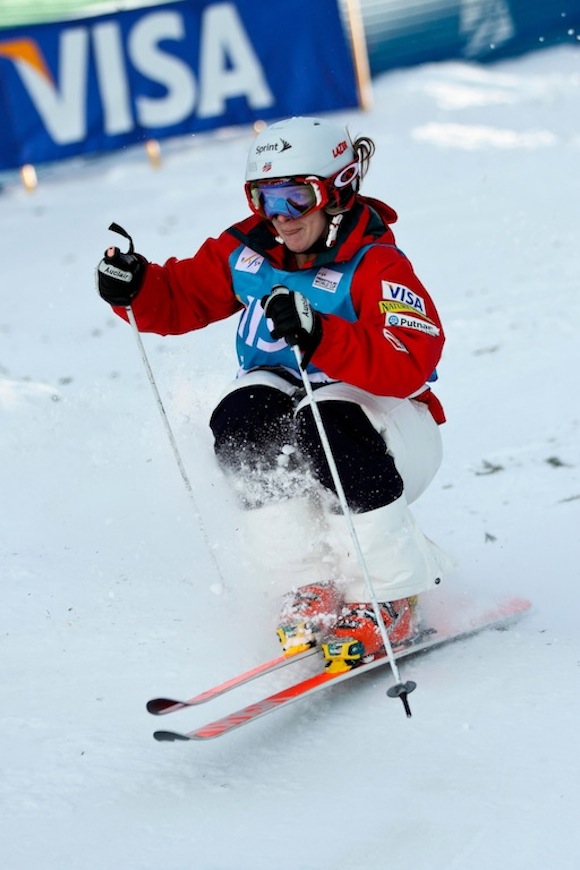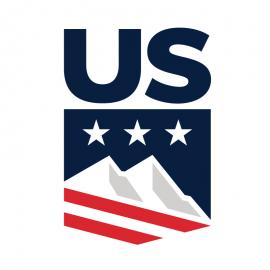USSA Sport Education Coaches Tip of the Week: March 3, 2013

Each week the USSA Sport Education Department will post a Coaches Tip. The information will rotate through the ski and snowboard disciplines so check back each week to see the newest tip!
Keeping it Simple: Teaching Cues in Mogul Skiing
Garth Hager, U.S. Ski Team Moguls Coach
"Keep it simple, coach." It is easy to say, but tough to practice. Each athlete learns in different ways. When assigning a new task or focus it is important to identify the most beneficial teaching method and the element of the skill that will be easiest to grasp for that particular athlete. This is where knowledge of how your athlete learns saves time and energy. Target what the athlete can feel, see, sense, or any other cue they respond to and apply the change.
Cues related to feel can be very powerful. If the athlete is unaware of the desired sensation, try to find it somewhere else. A good example of this is a mogul take off. Quite a bit can happen as an athlete goes off of a mogul jump. To have them alter what they feel can be difficult if they dont already have awareness of the right feeling. For some it may be a blur. Here are a few ways to get athletes to be aware of their body position and feeling.
- Make sure they can focus on the take off specifically. Start just a couple moguls before the take off to set up better and accomplish the skill or adjustment.
- Slow down the process with a larger jump transition to allow more sensory feedback. Water ramps are generally twice as large as their on-snow counterpart. For mogul skiing, slowing down the process can allow the athletes to have more awareness of their position in the air. If water ramps are not available, riding a jump slowly and visualizing or feeling the change may help show the "hard to pinpoint" task.
- Focus on the positioning before entering the transition zone or after the take off, with the hope of transfer of the skill to the desired area.
A good example is Hannah Kearney's back layout landing. "Drive" is her cue to reach downward with her hands at the flat belly position and continue through landing. She drives her arms and hands towards the exit path while skiing direct. She understands this one word to mean a whole feeling through her jump and exit. At the 2010 Olympic Winter Games it was her attitude for her winning run to ski aggressively and "drive" her path to the bottom.
These cues may lose their meaning if used too frequently without results, so it is important to adjust as you learn and move forward with your athletes.
PDF of the Tip of the Week: Keep it Simple: Teaching Cues in Mogul Skiing
